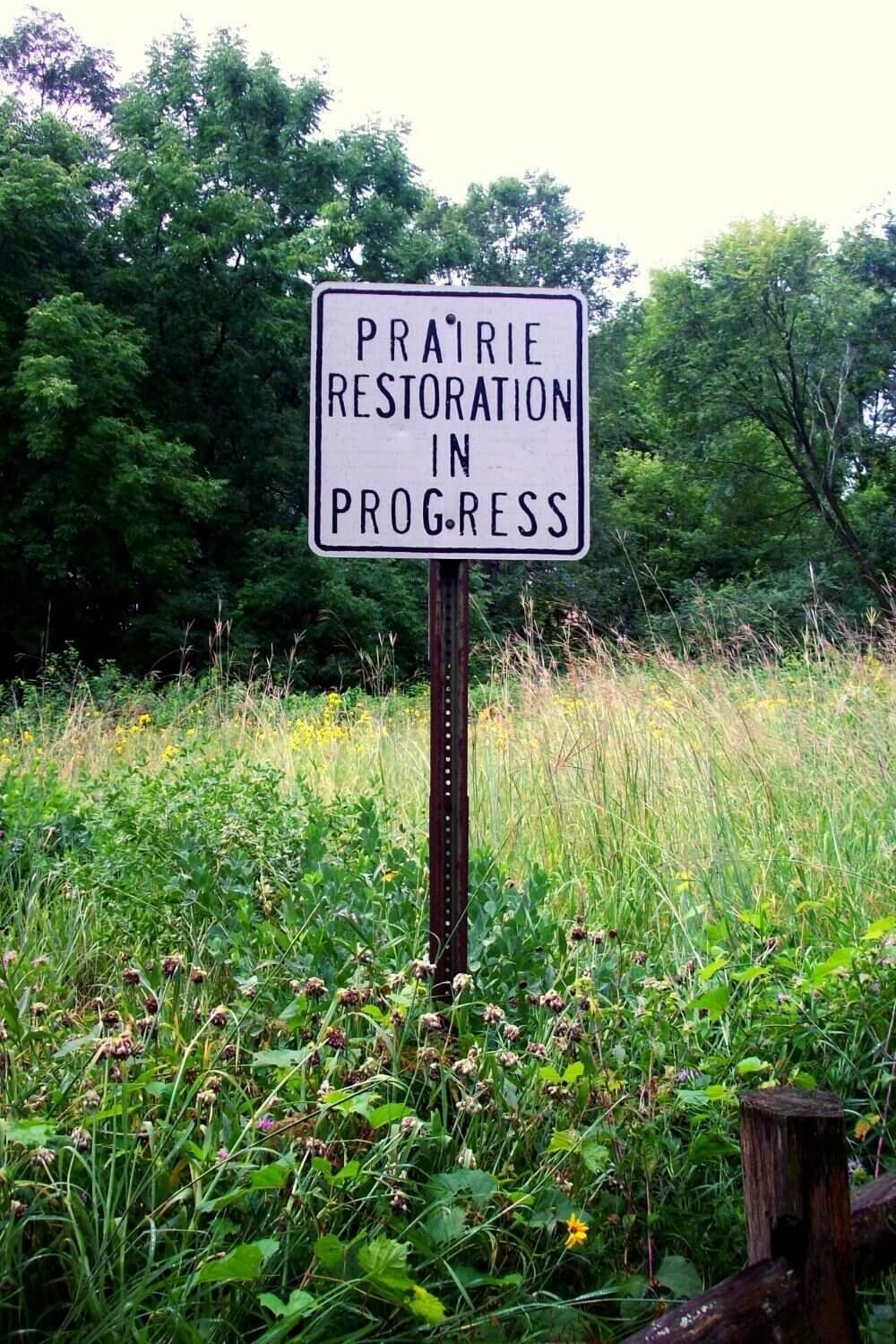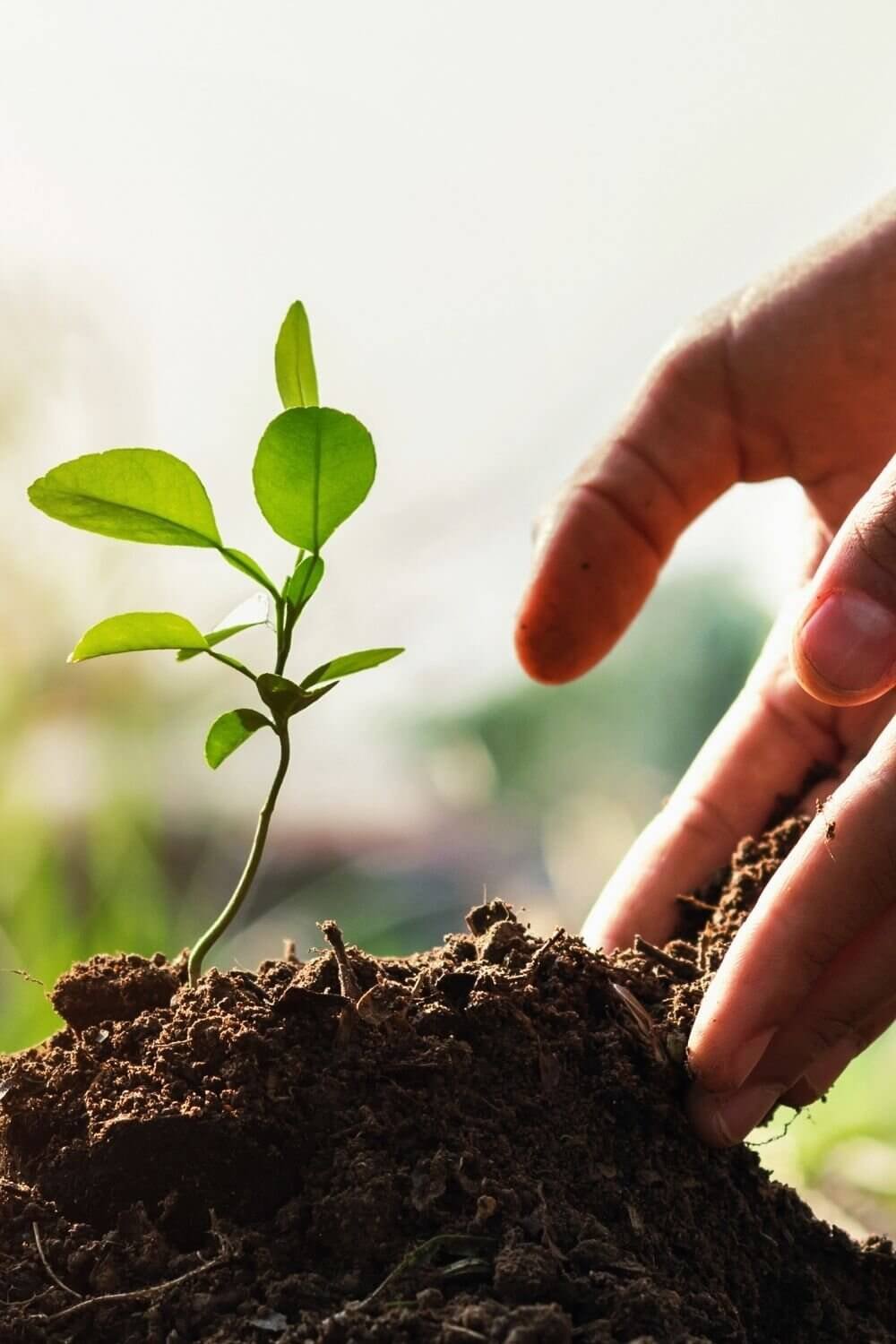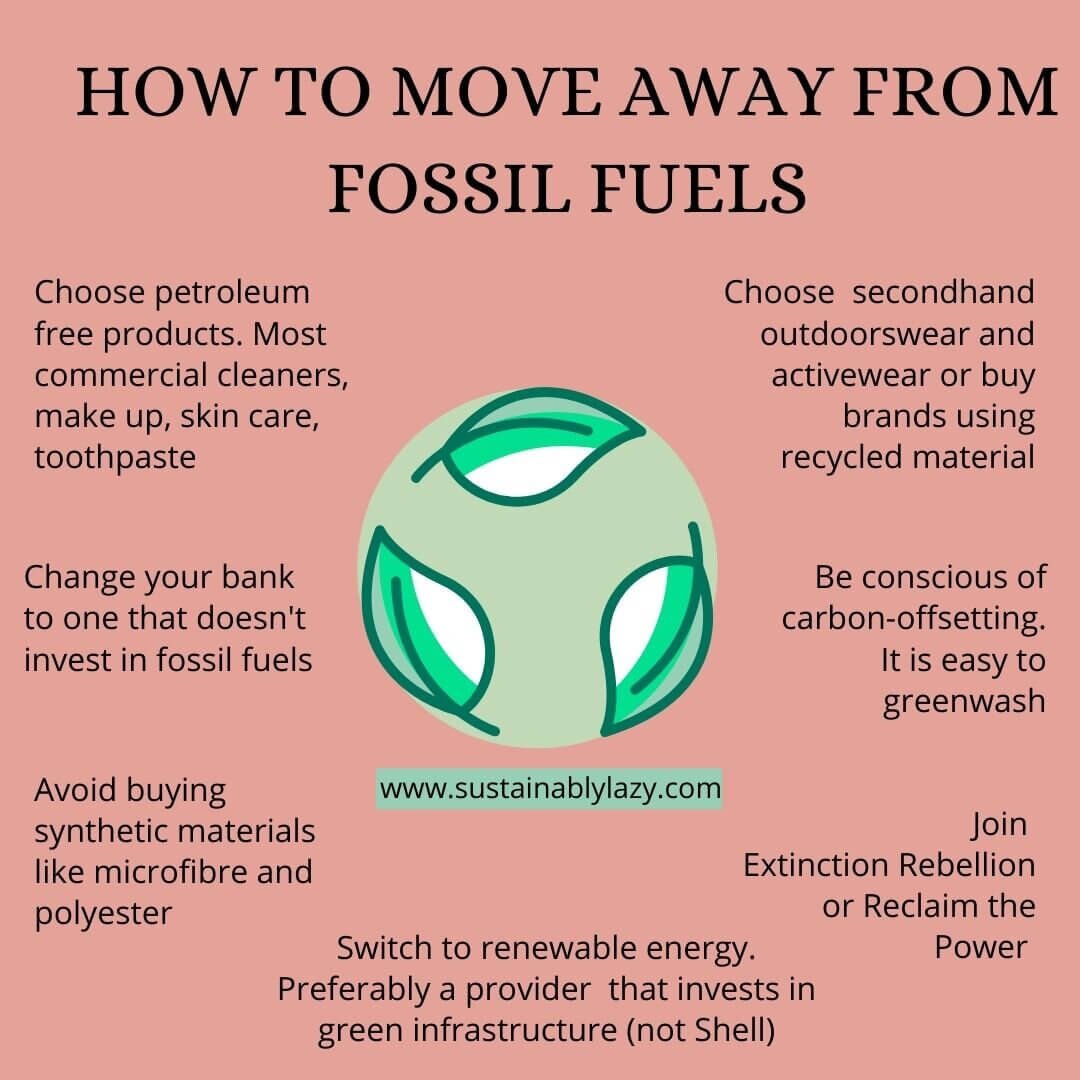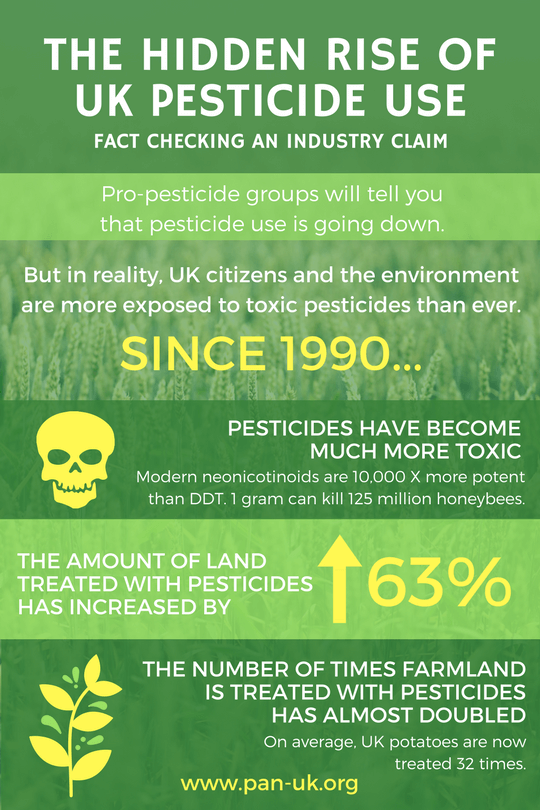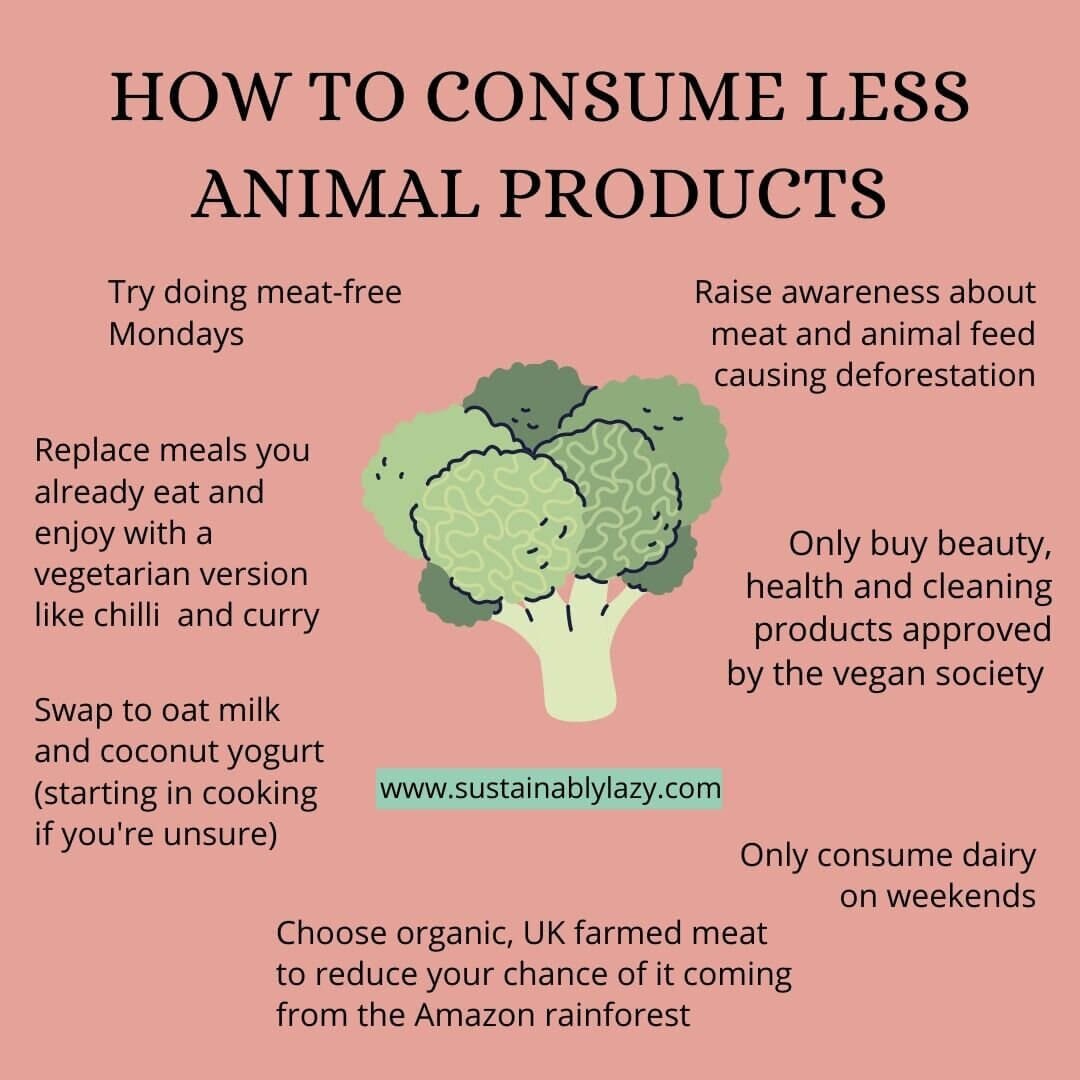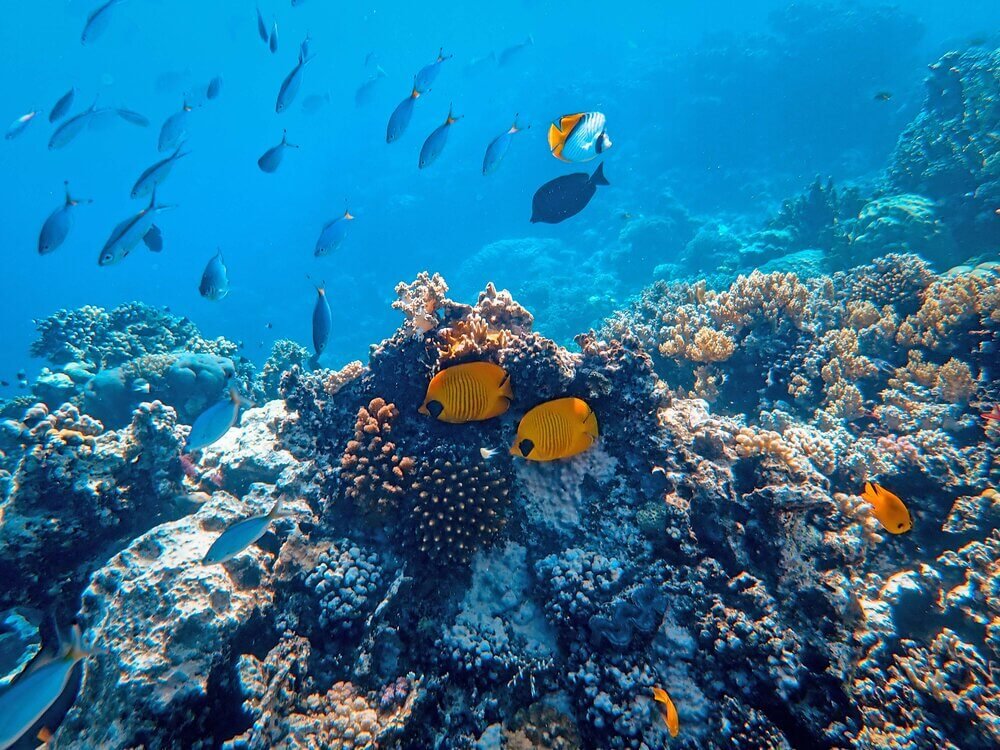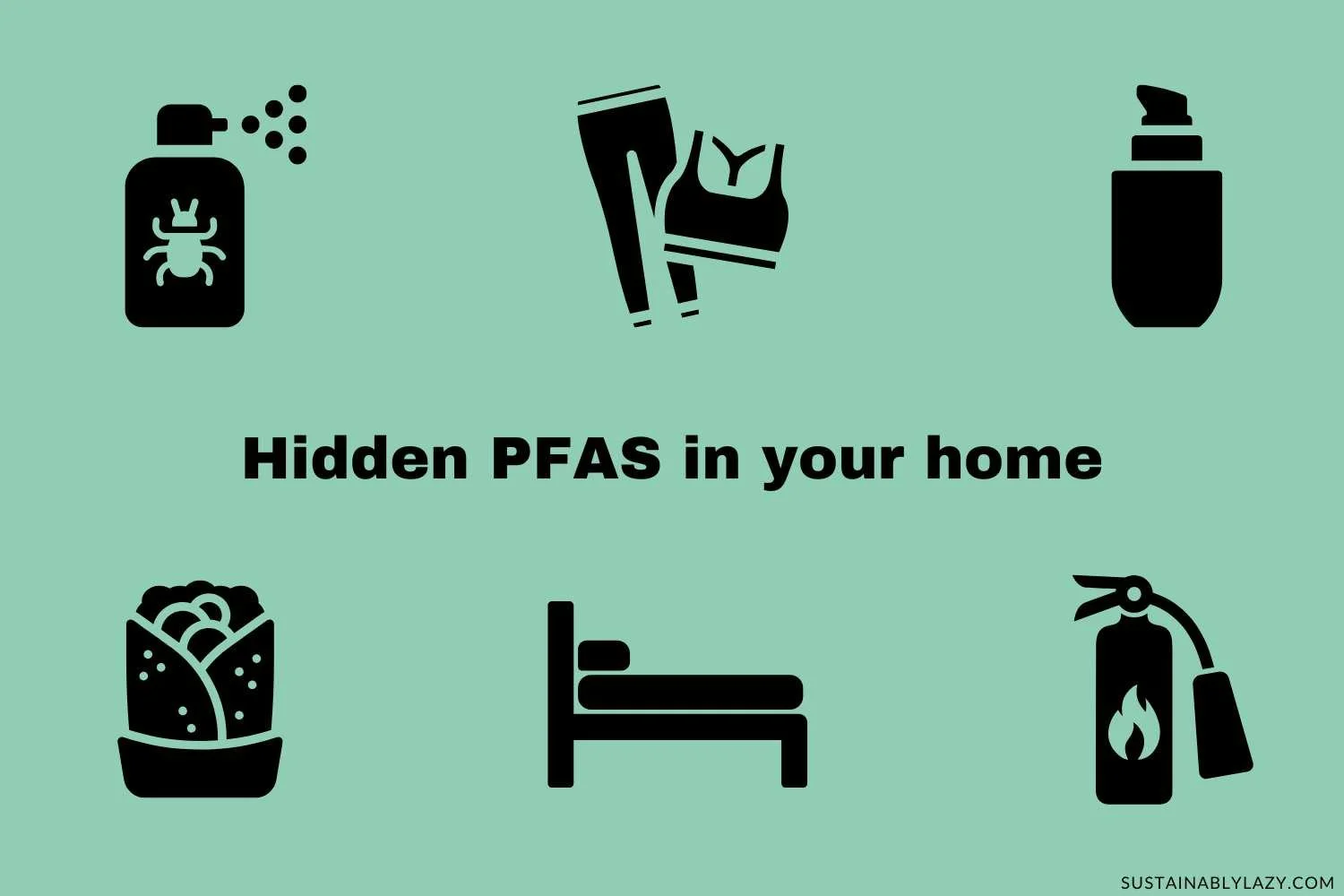A Useful Guide To Reducing Your Carbon Footprint
Are you feeling powerless about climate change?
You’re not the only one.
There’s a lot about our wasteful society that we cannot change, but there are things we can do to be more sustainable.
Reducing your carbon footprint is one of the best ways to lower your impact as an individual.
Today I’m going to help you do just that.
Going plastic-free is not enough
While I agree that changing consumption habits will make a difference in the long term, it’s not productive enough to put all your energy into the famous “plastic-free swaps” you see ad-heavy influencers raving about.
For one thing - you can’t consume your way to a sustainable Earth.
The Earth is heating too quickly. The changes we make must be bigger and they must happen faster.
Plastic pollution is only one tiny area of sustainable living, but it’s the one that gets the most attention.
The main problem I have with eco swaps and the simplistic zero waste narrative is that it pushes all the responsibility onto the consumers. This is exactly what BP and Shell want - to take attention off them.
If you’re feeling stressed over the price of a bamboo toothbrush or transitioning to a shampoo bar is making you want to pull your hair out, take a step back, breathe, and move your focus to your carbon footprint instead.
If you want to know which actions will make the biggest impact then keep reading…
Coming up
Understanding the natural carbon cycle
How did humans increase carbon emissions?
Our best hope at a solution
Individual action vs changing the system
8 actions to help protect the planet from climate change
1. Understanding the natural carbon cycle
The green carbon cycle is a perfect expression of how humans and nature should coexist in harmony.
Plants and trees absorb the carbon dioxide we breathe out and store it as energy. When animals eat plants they too absorb the carbon, and when they die the carbon is absorbed into the atmosphere to keep the planet warm.
All this carbon is supposed to be there; without it, there would be no life on Earth.
Green carbon does not contribute to climate change. Fossil carbon is a different story.
2. How did humans increase carbon emissions?
Found underground and underneath lakes and seas, ancient fossils are still packed with carbon and energy. This carbon is part of an ancient cycle that the planet has evolved to survive without.
It should have been left untouched.
Unfortunately, curious humans discovered we could burn fossil carbon as fuel and it did not take a long time for us to release a third of the stored fossil carbon back into the air.
Humans then cut down more than half the trees on the entire planet.
Graphic by JemaStock2
3. Our best hope at a solution
Other than switching fossil fuels for green energy and buying much less, trees are our best hope of slowing down climate change.
Think back to the natural cycle of carbon - trees and plants absorb the greenhouse gases we produce. When we cut them down they release their stored carbon back into the atmosphere.
So why are we still destroying forests?
“In 2017, deforestation added about 7.5 billion tons of carbon dioxide to the atmosphere - almost 50% more than all energy-related CO2-emissions from the entire US.”
Once the forest is gone the soil becomes depleted of nutrients very quickly making loggers move on to the next patch of forest - with no compassion for the plants, wildlife, or precious ecosystems they’re about to wipe out.
Without plants and trees, the natural carbon cycle cannot absorb our huge amounts of greenhouse gas emissions back in.
As we try to move away from plastic, we must remain mindful that paper and cardboard come from a natural resource that must be protected. The FSC is an unreliable source because most products use the “FSC mix” logo. Look for FSC 100% or products made from recycled materials instead.
Image by LovelyDay12 - Getty Images Pro
4. System vs individual action (and a note on privilege)
As you can see, there is a lot of work to be done. We are close to the point of no return, but experts still believe we can repair some of the damage. For this to happen, change needs to happen at a global government and corporate level.
It is the richest 10% creating 50% of global emissions. While you’re reducing plastic, big oil is still making it.
While it is important to reduce your individual carbon footprint, we need to be mindful of our privileges:
You might think plastic straws are pointless… if you are able-bodied.
You might think disposable tampons should be banned… if you can afford to buy a full kit of reusable menstrual pads.
You might think cloth nappies are simple… if you have a home and a washing machine.
“If I can do it then everyone can” is a popular mindset in eco-friendly social media circles. While intentions are usually good, unless you’re aware of the challenges that marginalised groups face in a society that favours white, able-bodied, neurotypical people, then your advice will only ever apply to you and those with the same privileges.
What we need at a system level:
environmental policies where corporations get held accountable for breaking the law.
circular economies instead of throwaway societies.
to be smart about construction by using green energy and to find less polluting materials than cement
to plant trees and plants that absorb the most carbon
to invest in infrastructure for green energy instead
As individuals, we can educate ourselves and raise awareness of what is happening. Not only to the environment, to people too. BIPOC and other marginalised groups face the very worst effects of climate change. Many people of colour overseas get exploited while manufacturing the products we wear, eat or use on a daily basis.
We must call on companies to protect the workers in their supply chains. We must stop supporting Amazon and start supporting sustainable businesses and local food suppliers.
The following list of actions will help reduce your individual carbon footprint and help you move away from the most destructive industries out there.
8 ways to reduce your carbon footprint and live more sustainably
1. Move away from fossil fuels
Fossil fuel companies are responsible for about 78% of global greenhouse gas emissions and you will be amazed at how many ways they have squeezed into your life.
Oil, gas and coal companies have also been heavily involved in a huge amount of human rights violations, environmental disasters such as oil spills, and they pollute the air, water and damage ecosystems.
Actions you can take against fossil fuels:
Switch to a renewable energy provider (hint: not Shell). Preferably one that is investing in clean energy projects, like Good Energy.
Banks invest heavily in fossil fuels ($2.7 trillion since 2015), switch to an ethical bank, like Triodos, or a building society like Nationwide.
It is not just packaging to be wary of, petroleum finds its way into skin care, makeup, cleaning products and toiletries - microplastics are not banned in the EU, the ban only includes microbeads in products you can rinse off.
Avoid buying synthetic materials like polyester and microfibre.
‘Carbon neutral’ is linked to a lot of greenwashing. Before you trust a company, check their offset program. It is not enough to protect areas of forest or plant trees - especially when there is a risk they could be cut down again. Investment needs to be made into green technologies whilst continuing to find ways to reduce their current emissions.
Join Extinction Rebellion or Reclaim the Power who protest fossil fuels and target polluting industries
Sources - EPA, Greenpeace (offsetting), Ethical Consumer (banks)
Tap image to Pin to Pinterest or feel free to save and share on Instagram (don’t forget to tag me @sustainablylazy)
2. Limit your palm oil
A major cause of deforestation and biodiversity loss is palm oil plantations.
Every day more trees are being bulldozed or torched putting animals, like orangutans, at risk of extinction and brutally evicting indigenous people from their homes.
This isn’t as simple as it sounds because palm oil is more environmentally-friendly than alternative vegetable oils, however, even certified organic or sustainable palm oil is still guilty of human rights violations.
Almost half the palm oil imported into the EU is used for biofuel.
Actions you can take to reduce your palm oil consumption:
Reduce your processed foods - palm oil is in bread, pizza bases, margarine, biscuits, cakes. Check labels when you’re out shopping or try making your own at home instead
Ensure you only consume RSPO certified palm oil
Sign petitions and write to your MP
Contact supermarkets, and food brands and apply pressure. Retailers hate the negative press and that gives customers a lot of power
Learn the names of palm oil (honestly, it has so many names - it’s a joke)
Raise awareness of the issues with biofuels. Many people think they are eco-friendly
Check your toiletries and beauty products. Look for organic or Fairtrade alternatives as other vegetable oils require pesticides or use slave labour overseas
IF A SUSTAINABLE BRAND IS USING PALM OIL: read their palm oil policy, check certifications, talk to them about it - some good companies use small amounts or derivatives because the alternatives have a higher carbon footprint.
3. Eco-friendly transport
Transport is the UK’s largest source of greenhouse gases. It’s also responsible for our poor air quality.
It would be naive of me to suggest you stop driving a car. In a capitalist society where many people have to travel to work in order to cover the cost of living, cars can be a necessity.
How to campaign for eco-friendly transport:
Work-related travel accounts for 37% of carbon emissions from UK transport. If possible, cycle, walk, carpool or take public transport whenever possible.
Write to your MP about making public transport more accessible, for example, free bus passes to under 30s who typically have lower incomes. Explain how more free bus passes would lead to cleaner air.
25% of all car or van trips in 2019 were less than two miles (which take less than 30 minutes to walk). Campaign for better cycling infrastructure where you live.
Get your employer to sign up for a cycle to work scheme and you could save up to 42% on the cost of a bike you choose.
Get involved or donate to the charity, Better Transport, which is campaigning for changes in the UK transport system at a local and government level. Find out more here.
Source - Friends of the Earth, Better transport
4. Ditch the pesticides
Pesticides and fertilisers are linked to groundwater pollution, soil erosion and a decline in insects, like bees, that are vital for pollinating food.
As the climate gets warmer and crops become more resistant to chemicals, more pests are expected to increase which will lead to a rise in toxic insecticides and polluting fertilisers.
How to take action against pesticides:
Buy organic if you can afford it. Foods that use a lot of pesticides are fruit, potatoes, rice and wheat (if you can’t buy it from a baker, most supermarket bakeries sell organic bread for £1)
Donate to the Soil Association’s campaign to influence policy-makers working on the post-Brexit agriculture bill (they have also been campaigning for years to ban the weedkiller, Glyphosate, from bread and public spaces)
Make your garden insect-friendly - plant wildflowers, avoid artificial grass, make a bug hotel with your kids
Greenpeace campaign to protect bees - get involved and sign their petition
Use the dirty dozen and clean fifteen lists (view) and share it with your friends
Sources - peer-reviewed study, PAN (towns) / PAN (agriculture)
5. Reduce animal products
A plant-based diet has the least amount of carbon emissions, however, it is not easy or even possible for some people to give up animal products. It is also a privilege.
If this is you, remember you don’t have to be perfect. Begin by reducing the number of animal products you eat.
A great place to start taking action is:
Giving meat-free Mondays a try
Only consuming dairy on weekends
Replacing your usual meals with a vegetarian version.
Switching to oat milk and coconut yogurt
Choose organic, UK farmed animals
Red meat and dairy have the biggest greenhouse gas emissions, so reducing your consumption in those areas will lower your individual impact.
Spread the word about cattle farmers destroying the Amazon rainforest because only 15% of Britons know this.
Join Greenpeace’s campaign against Tesco who get meat from the Amazon.
Sources - Ethical Consumer, Greenpeace JBS
6. Sustainably sourced soya
Soya is responsible for a huge proportion of deforestation in the Amazon rainforest and many people are consuming more soya than they know.
Only 7% of imported soya in Europe is actually eaten by people.
Deforestation isn’t a reason to give up soya completely. A plant-based diet has half the amount of greenhouse gas emissions than diets with animal products., but it’s still a good idea to check where your food is coming from.
Actions you can take:
Avoid animal products that are fed soy. Chicken, eggs and farmed salmon is highest in hidden soya. There is more soy than meat in chicken. (Source)
Opt for soya-free vegan brands, like Quorn.
Check Ethical Consumer’s handy guide showing where each veggie brand sources its soya from so you can boycott Brazil soya.
Email supermarkets asking where they get their soya from in their own brand products.
Contact your favourite restaurants and ask them to source sustainable soya.
Sources - Ethical Consumer, WWF hidden soy
7. Biodiversity loss in the ocean
6,500 fishing boats in the UK catch up to 150 different species, but most people in the UK only eat 5 - Marine Conservation Society.
According to David Attenborough, overfishing is a more serious threat to the ocean than plastic. Industrial overfishing has resulted in 90% of the world’s marine fish stocks depleted or exploited.
A new study has also shown 60% of fish species could be wiped out by climate change. Add in the microplastics found in sea creatures, infertility from the chemicals in plastics, and wildlife getting tangled in packaging.
Fish are seriously out of luck.
Help protect ocean biodiversity by:
Reduce your fish consumption (algae oil capsules are available for omega 3 - fish get omega 3 from the algae)
The Marine Stewardship Council has been criticised, but they are still the most transparent scheme for sustainable fish so only choose seafood with the MSC logo.
Download the MSC app so you know what is good to buy when you’re out shopping. Available for free on iPhone and Android.
Learn which types of fish can be eaten sustainably and which can’t using this guide by the Marine Conservation Society (a different MSC). It’s an incredibly useful tool that allows you to work out which species are best to eat without any brands or retailers.
Greenpeace supports small-scale fishing. Find out more about this campaign here.
Support the UN’s ocean treaty.
Sources - study: microplastics
8. Buy local products (and support Fairtrade)
Who’s really responsible for the carbon emissions of imported good?
Currently local emissions only include what was produced within the borders of each country. China has the highest carbon footprint in the world, but who are they making products for? Us!
Products are made in China and other developing countries because minimum wage is so low. Think about it - food, toys, make up, cleaning products, clothing, technology… the majority are grown and made in Asia and Africa.
If a company doesn’t say a product was made using clean energy, fair wages, sustainable resources and safe chemicals (that are listed), it probably wasn’t.
How to take action:
Look for green credentials when buying from a company because it means they have met a range of third party criteria. Some good ones are: Ecocert, B Corp, Cradle to Cradle, GOTS, Bafta, Leaping bunny (CFI), Soil Association (not including FSC because they are not trustworthy)
Don’t boycott China completely, just check the brand is paying living wages, has a relationship with the supplier, uses green energy and has a good offset program.
Choose Fairtrade-certified brands for items not grown here because the people making our products deserve fair wages. It is important we start giving back to communities that white people have exploited for so long.
Buy second hand as much as possible.
Try to avoid buying fast fashion or and reduce your reliance on supermarkets (as much as you can),
Choose seasonal produce from the UK. Obviously, some things can't be grown here, like bananas, in this case, I choose the Fairtrade Organic option. It usually comes in plastic, but if supermarkets stop selling the non-Fairtrade one then they wouldn’t need to be packaged. I’d rather buy the extra plastic than choose products grown by slaves. Bananas also use an incredible amount of pesticides. [Read more]
Well, I think that is more than enough to get you started. Choose one area at a time to focus on so you don’t get overwhelmed.
What area of lowering your carbon footprint are you finding the most challenging? Let me know in the comments below so I know what topic to write about next.
If you found this article useful, don’t forget to hit the share button. You can also support my content by buying me a coffee. Thanks for reading!


